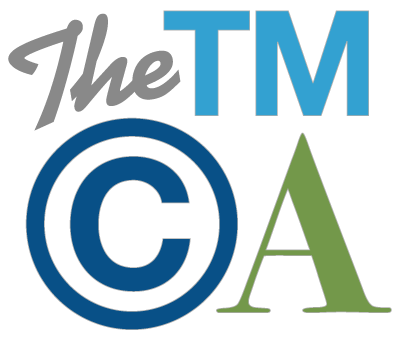Copyrighting a Dream
 This week we celebrated the life and legacy of Dr. Martin Luther King, Jr. Dr. King’s mission was to teach our nation the value of tolerance and mutual respect regardless of each person’s differences. These lessons still ring true today as they did 50 years ago. Dr. King’s words, including the famous and aspirational “I Have a Dream” Speech, can also serve as a lesson about copyright law and how to avoid having your dreams of honoring Dr. King turned into an infringement nightmare.
This week we celebrated the life and legacy of Dr. Martin Luther King, Jr. Dr. King’s mission was to teach our nation the value of tolerance and mutual respect regardless of each person’s differences. These lessons still ring true today as they did 50 years ago. Dr. King’s words, including the famous and aspirational “I Have a Dream” Speech, can also serve as a lesson about copyright law and how to avoid having your dreams of honoring Dr. King turned into an infringement nightmare.
If you are thinking of displaying, performing, or reproducing the Speech, you must first understand that the speech is still under copyright protection. The Speech is not in the public domain or freely available for public use. In the months following the Speech, Dr. King secured federal copyright protection for the Speech under the Copyright Act of 1909. The copyright then passed to his estate at his death. EMI Publishing, due to a deal with Dr. King’s estate, is now the owner of the copyright in the Speech.
So, how is it that such a famous, widely-publicized speech is protected nearly 50 years after Dr. King’s death? The answer lies in the Copyright Act – the old one and the new one.
The 1909 Act governs work that received copyright protection before January 1, 1978. Under this Act, a federal copyright was secured on the date the work was published, or for unpublished works, the date the copyright was registered. After it was secured, a copyright lasted for 28 years, and was eligible for renewal during the final year of the term. If renewed, a copyright could be extended for a second 28 years, potentially allowing for a total 56 years of copyright protection. If the copyright was not renewed at the end of the first 28 year term, the work no longer had copyright protection.
The 1909 Act has since been replaced by the Copyright Act of 1976. With the passing of the 1976 Act, Congress increased the renewal term of works covered by the 1909 Act from 28 to 47 years. The 1998 Copyright Term Extension Act increased the renewal term another 20 years to 67 years. Thus, the maximum term of copyright protection for works protected before January 1, 1978 is now 95 years.
Dr. King gave his “I Have a Dream” speech on August 28, 1963. This means Dr. King’s speech has copyright protection until 2058. Therefore, before reproducing, rebroadcasting, or publicly displaying the speech, you must seek permission to do so from EMI Publishing.
One might compare the Speech to a speech given by an elected politician (such as President Barack Obama’s recent farewell speech) and wonder what the difference is. Dr. King’s Speech is protectable under copyright because Dr. King was a private citizen, unlike speeches given by elected officials. Similarly, while Federal government officials are prohibited by the Copyright Act from obtaining copyrights for speeches, reports, and press releases created while in office, because Dr. King was not in federal office at the time he delivered the Speech, the copyright belonged to him and passed to his estate at his death.
Others have tried to challenge the validity of the copyright in the Speech because it was such a widely publicized event, as in Estate of Martin Luther King v. CBS, Inc., 194 F.3d 1211 (11th Cir. 1999). However, despite being a national event, the Speech did not lose its protectability.
So now you are probably thinking: how is it that we have been able to see and hear excerpts of the “I Have a Dream” Speech if it is still protected by copyright?
This answer lies in the Copyright Act’s fair use defense. Under the doctrine of fair use, third parties may use a reasonable amount of a copyrighted work for certain uses. Fair use explains why a teacher may show portions of the Speech as part of a class lesson, news channels may broadcast clips of the speech in communicating current events, and creative film-makers may include a brief excerpt from the Speech in a documentary. However, when it comes to substantial, for-profit uses of the Speech, the fair use defense may not be applicable. In that case, parties who wish to use the speech are encouraged to contact EMI Publishing, the owner of the copyright in the Speech, to obtain a license, lest they become the next subject of EMI and the estate’s aggressive policing of unauthorized uses of the Speech.








